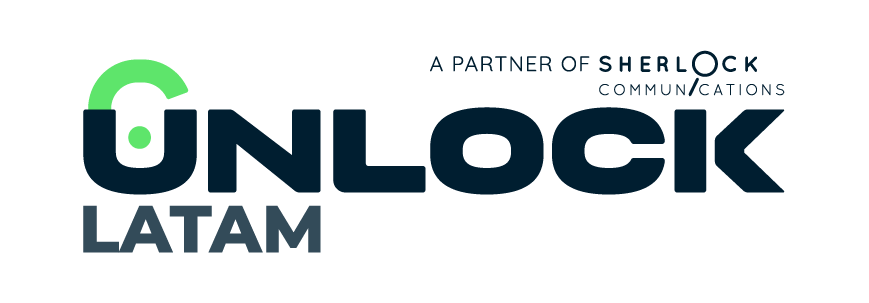How to Evaluate Demand for Clean Energy in New Markets
A successful expansion into Latin America’s renewable energy sector is entirely dependent on rigorously assessing the demand for clean energy. International companies must move beyond mere optimism and leverage data-driven insights to accurately understand this demand in emerging markets. This crucial step is what transforms initial market exploration into actionable intelligence, validating core assumptions and preventing a costly strategic misstep.
Analyzing Energy Consumption Trends by Region
Energy demand varies dramatically across Latin America, shaped by industrial composition, climate conditions, and economic development levels. Brazil’s industrial heartland presents different opportunities than Chile’s mining corridors or Colombia’s emerging tech hubs.
Population density and urbanization rates drive distinct demand patterns. Metropolitan areas demonstrate higher receptivity to distributed solar solutions, while rural regions may prioritize mini-grid developments.
Assessing Policy Frameworks That Drive Demand for Clean Energy
Government policies shape demand for clean energy more directly than any other factor. Latin American countries have implemented diverse renewable energy mandates, tax incentives, and auction mechanisms that create market pull, though policy stability matters as much as ambition.
When evaluating market potential, focus on specific regulatory drivers that accelerate adoption:
- Renewable energy targets and deadlines
- Net metering and feed-in tariff structures
- Tax credits and accelerated depreciation benefits
- Local content requirements for projects
- Grid connection policies and timelines
Evaluating Corporate Sustainability Commitments
Corporate buyers increasingly drive demand for clean energy through power purchase agreements and on-site generation projects. Multinational corporations operating in Latin America face growing pressure from stakeholders to decarbonize operations, with companies holding science-based targets or RE100 commitments representing high-value prospects.
Supply chain requirements cascade demand downward. When major manufacturers commit to renewable energy, their suppliers follow suit, creating opportunities among export-oriented businesses facing strict carbon footprint requirements.
Identifying Early Adopter Segments
Within any market, certain segments move faster than others. Technology companies, pharmaceutical manufacturers, and food processors often lead adoption due to brand reputation concerns.
Within any market, certain segments move faster than others. Technology companies, pharmaceutical manufacturers, and food processors often lead adoption due to brand reputation concerns.
These early movers set benchmarks that influence entire industries. Their sustainability reports and public commitments create competitive pressure that accelerates market-wide transitions.
Analyzing Infrastructure and Grid Capacity

Technical infrastructure determines how quickly demand for clean energy can be monetized. Grid capacity constraints limit utility-scale projects, while weak infrastructure may indicate opportunities for distributed generation or storage solutions.
Evaluate transmission infrastructure development plans alongside geographic factors like solar irradiance levels and wind patterns. Technical potential must align with market demand to create viable opportunities.
Measuring Competitive Landscape and Market Maturity
Market maturity affects both demand intensity and competitive dynamics. Established markets like Chile and Brazil offer larger opportunities but fiercer competition, while emerging markets provide first-mover advantages with higher execution risk.
Map existing players and their market share to reveal gaps in service quality or geographic coverage. Track recent project announcements and financing rounds to understand where sophisticated investors see opportunities.
Ready to Navigate Latin America's Clean Energy Opportunities?
Evaluating demand for clean energy requires local expertise that understands cultural nuances and business practices across Latin America. Unlock Latam specializes in connecting international companies with decision-makers through precision outbound prospecting that validates demand with real conversations and qualified meetings. Let’s discuss how our market intelligence and B2B lead generation services can accelerate your clean energy expansion.
Looking for more guidance? You might find these resources helpful in planning your next steps:

Your Trusted Partner in LATAM Expansion
From market research to legal compliance, we guide your business every step of the way.
